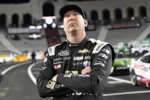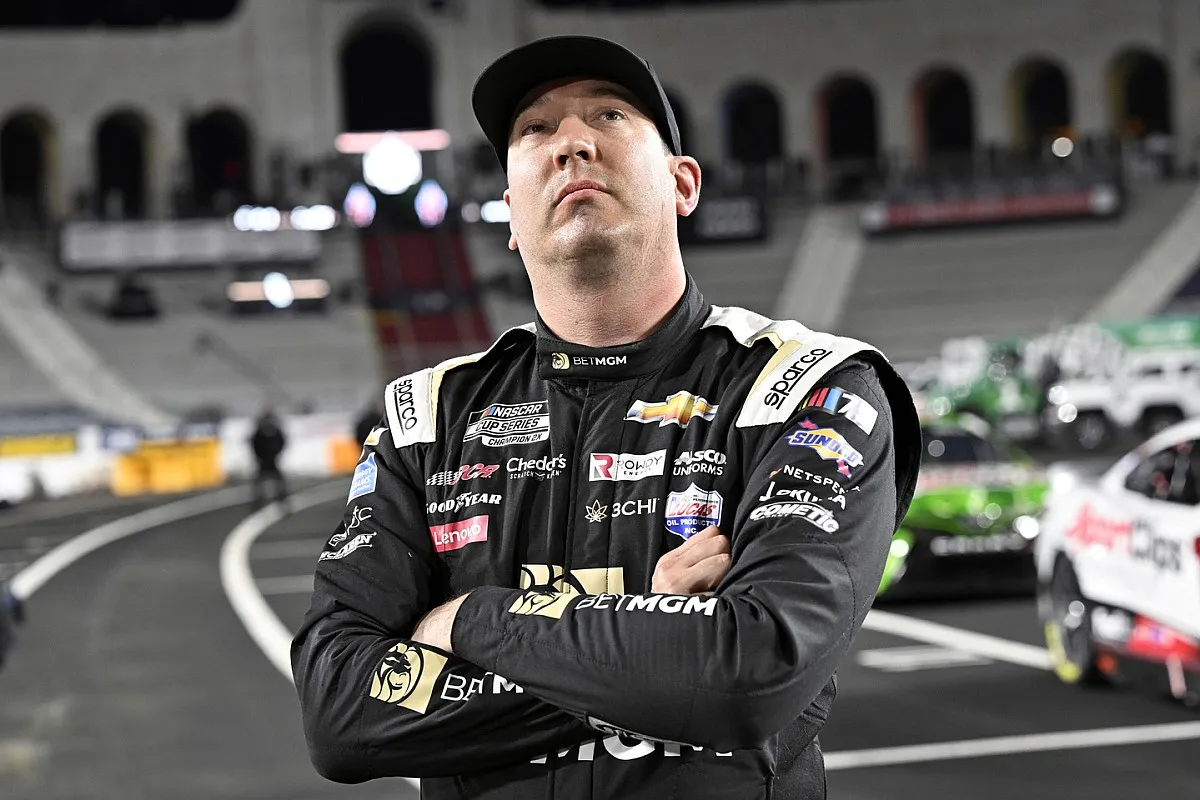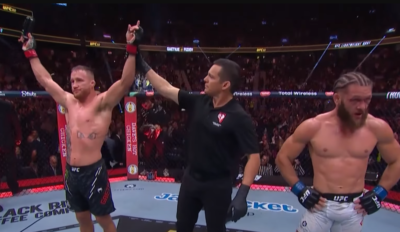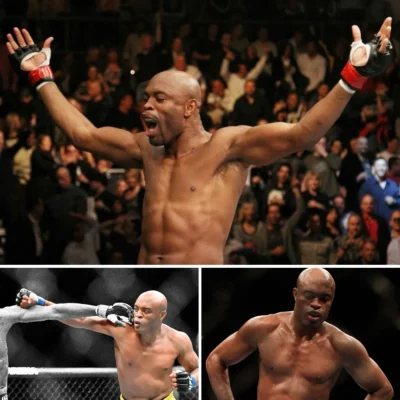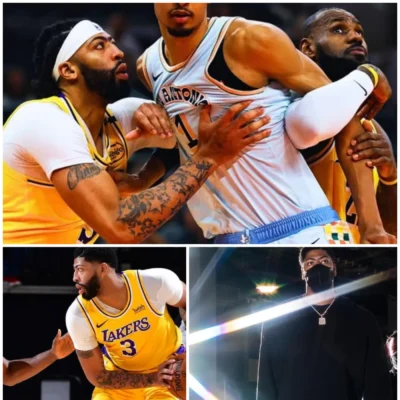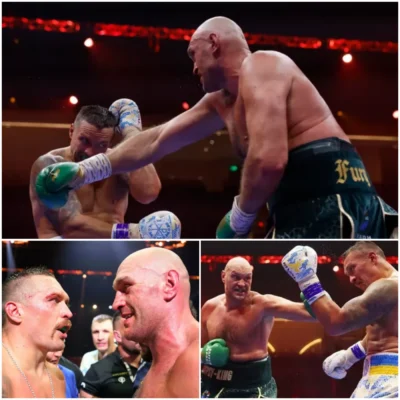
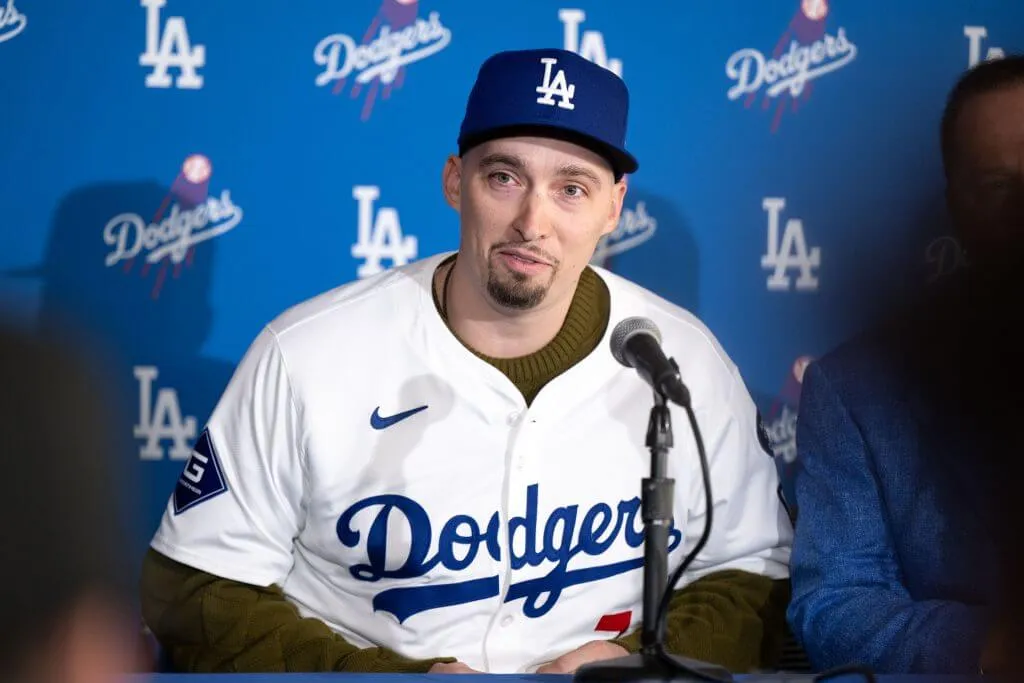
Blake Snell Finally Speaks Out — And His Rehab Revelation Left Fans Speechless
When Blake Snell, the electrifying left-handed pitcher and former Cy Young Award winner, disappeared from the mound earlier this season due to injury, fans were left reeling. His absence left a noticeable void in the San Francisco Giants’ rotation, and whispers began swirling about what was really happening behind the scenes. But now, in a rare moment of vulnerability and clarity, Snell has broken his silence, and what he shared about his rehabilitation journey has sent shockwaves through the baseball world.
A Sudden Setback for a Rising Force
Coming off a stellar 2023 campaign with the San Diego Padres, where he posted a jaw-dropping 2.25 ERA and reestablished himself as one of the most dominant pitchers in the league, expectations for Snell’s debut season with the Giants were sky-high. When he signed a lucrative deal in the offseason, fans in San Francisco believed they had found the ace to anchor their rotation for years to come.
However, things didn’t go according to plan. After just a few inconsistent outings, Snell was suddenly placed on the injured list with what was initially described as a “mild left adductor strain.” At first, the injury didn’t seem severe. But weeks turned into months, and Snell remained absent. Silence surrounded his recovery. The team gave standard updates, but Blake himself remained out of the spotlight, fueling speculation and even criticism.
Some questioned his commitment. Others feared the injury was worse than reported. And a growing faction of fans began to lose faith. But then came the interview — the moment Blake Snell decided to speak his truth.
Opening Up: Blake Snell Breaks His Silence
In a deeply personal interview with The Athletic, Blake Snell revealed the full story behind his rehab — a story of frustration, fear, and ultimately, personal growth. What stunned fans was not just the physical toll the injury had taken, but the emotional and mental weight he carried through the entire process.
“It wasn’t just the leg,” Snell admitted. “It was everything else that came with it — the doubt, the feeling like I let people down, the noise from the outside. I wasn’t prepared for how alone this would feel.”
His words struck a nerve. Rarely do professional athletes of Snell’s caliber pull back the curtain and let the public in on their internal battles. But for Snell, the silence was no longer sustainable. The pressure had built to a point where pretending everything was normal was no longer possible.
The Mental Game: Isolation and Identity Crisis
What truly shocked fans wasn’t just the nature of the injury, but what it triggered internally. Snell confessed that being sidelined forced him to confront an uncomfortable truth: he didn’t know who he was without baseball.
“For the first time in my life,” he said, “I had to sit with myself — no game, no adrenaline, no escape. I was just Blake. And I didn’t realize how much of my identity was wrapped up in throwing a baseball.”
He described days when he couldn’t sleep, nights spent replaying his last outing, and moments of anger — at his body, at his situation, even at himself. Rehab wasn’t just about healing muscles; it was about rebuilding confidence. He had to re-learn patience. He had to rediscover passion. And most painfully, he had to accept that the world keeps spinning — even when you’re stuck watching from the sidelines.
Fans, especially young athletes, resonated deeply with these confessions. Social media exploded with messages of support and admiration. The hashtags #SnellStrong and #ComebackSeason trended for days, not because of a highlight reel, but because of Snell’s raw honesty.
Inside the Rehab Room: More Than Just Physical Therapy
Blake Snell’s rehab regimen, it turns out, wasn’t conventional. He shared that after multiple consultations with team doctors and independent specialists, he opted for a hybrid recovery approach. This included traditional physical therapy, but also holistic methods like sports psychology, meditation, and breathing therapy.
One surprising revelation? Snell took up yoga. Not for fitness, but for focus.
“I used to think yoga was soft,” he laughed. “Now? It’s changed how I breathe, how I move, how I think under pressure. There’s something about being still that teaches you how to move better.”
He also worked with a mental performance coach who had previously trained elite athletes in tennis and Formula 1. Together, they didn’t just work on resilience — they rewired how Snell approached failure.
“I used to hate failure. I’d take it personal. But now I understand it’s part of the game, part of growth. I’m learning to fail better.”
This mindset shift, Snell believes, will not only extend his career but transform how he pitches once he returns. “I don’t just want to get back to where I was. I want to come back smarter, stronger, more centered.”
A Message to the Fans: Thank You — And I’m Not Done Yet
Perhaps the most moving part of Snell’s interview came when he turned his focus outward — to the fans. He acknowledged the frustration many felt. He owned the disappointment. But he also expressed deep gratitude.
“I’ve seen the tweets. I’ve felt the doubt. And I get it. But I also want to say thank you — to the fans who stuck by me, who believed even when I didn’t say a word.”
He promised that the best is yet to come. “I’m not done. This setback isn’t my story — it’s just a chapter. I’ve got more to give, and I’m working every day to earn that right again.”
What This Means for the Giants
Snell’s revelation comes at a crucial time. The Giants’ rotation, plagued by injuries and inconsistency, is in desperate need of a boost. With Snell targeting a return in late July, the timing could not be better. But more than just innings, Snell’s return could inject the clubhouse with the one thing it’s been lacking lately: hope.
Teammates who had previously kept their distance during Snell’s rehab are now rallying behind him. Manager Bob Melvin praised Snell’s transparency, noting how it had sparked deeper conversations within the team about mental health, identity, and perseverance.
In many ways, Snell’s comeback is already underway — not just physically, but in spirit. He’s becoming more than a pitcher. He’s becoming a leader.
The Broader Conversation: Mental Health in Pro Sports
Snell’s story also highlights a growing movement within professional sports — the willingness of athletes to speak openly about mental health. In the past, such revelations might have been viewed as weakness. But today, they are increasingly seen as acts of courage.
By sharing his journey, Blake Snell joins the ranks of athletes like Simone Biles, Kevin Love, and Naomi Osaka, who have all publicly addressed the unseen pressures that come with elite performance.
“It’s time we stop acting like this stuff doesn’t matter,” Snell said. “If anything, it’s the most important part. You can’t throw 98 if your mind’s stuck in a loop of doubt.”
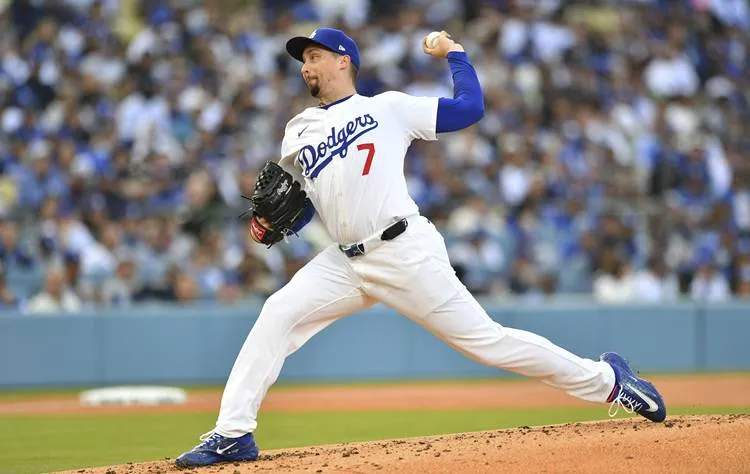
His words, simple but profound, have already sparked new conversations across the baseball world — from front offices to minor league clubhouses.
Looking Ahead: The Next Chapter
As Blake Snell inches closer to his return, the excitement is palpable. But more than anticipation, there’s a newfound respect. Fans aren’t just waiting for Snell the pitcher. They’re waiting for Snell the person — the one who fell, who struggled, and who chose to rise with honesty.
His story is no longer just about stats or contracts. It’s about resilience, growth, and the power of authenticity. In a world often dominated by curated perfection, Blake Snell showed us something better: the truth.



